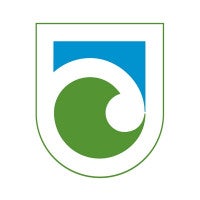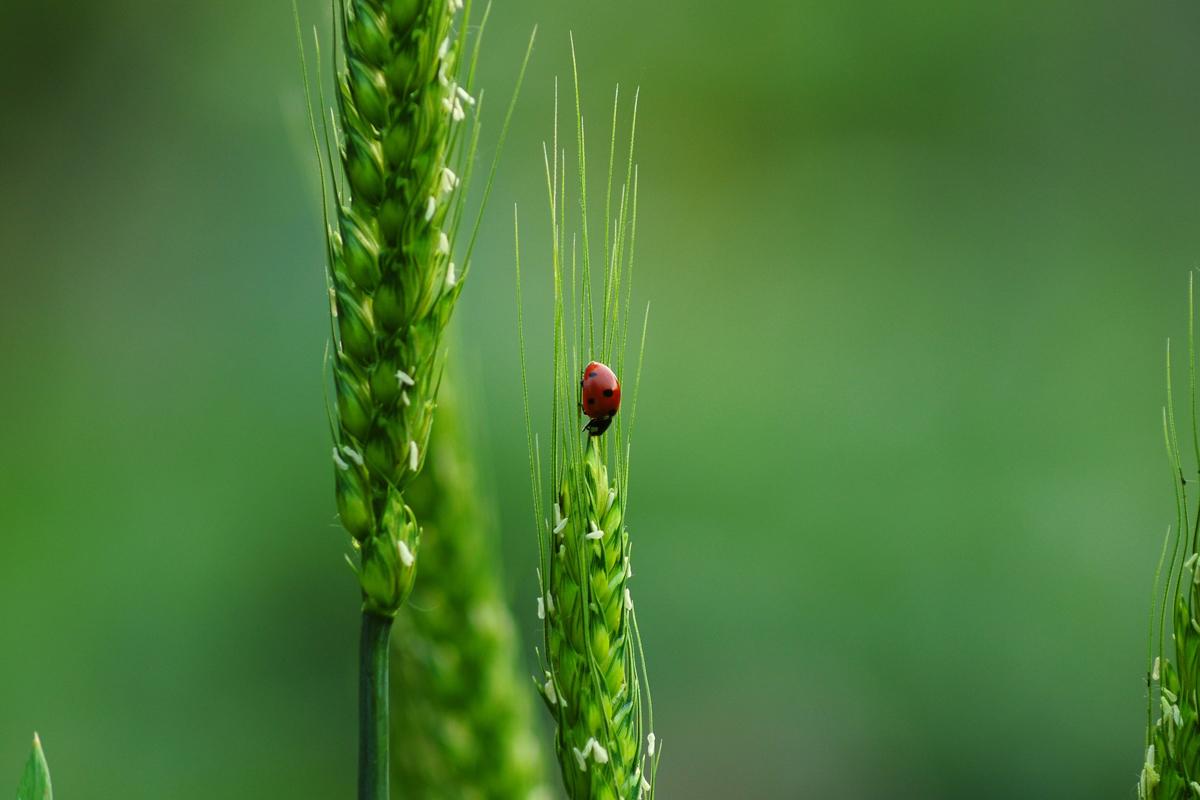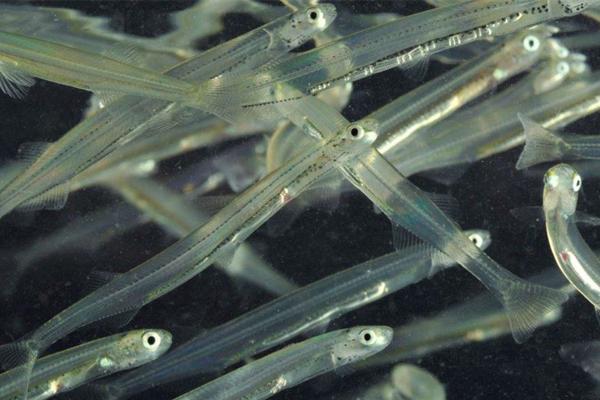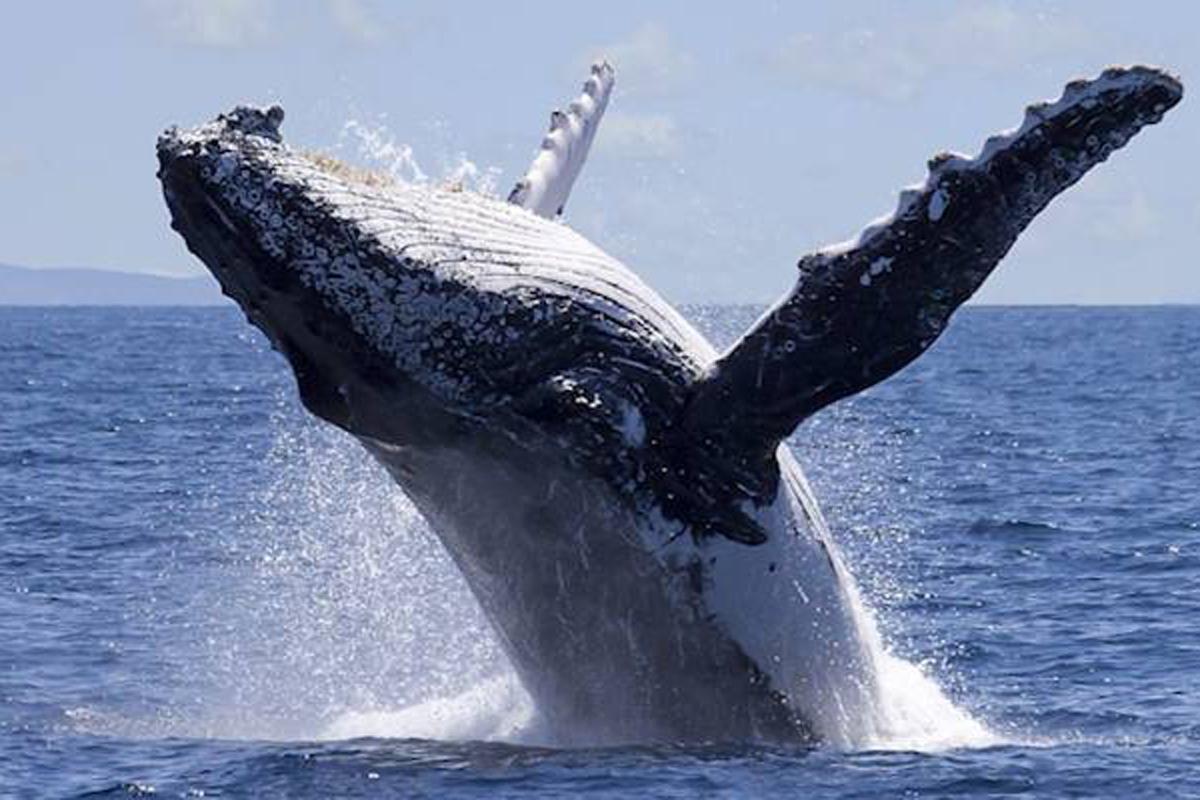Department of Conservation
Community Organisation

Know what’s happening
Access the private noticeboard for verified neighbours near you. Keep informed about any suspicious activity, send urgent updates to your neighbours when required and discuss emergency planning.
Get to know your neighbours
Browse the directory and start getting to know your neighbours. Don’t want to post to the whole neighbourhood? Send a private message.
Buy, sell and give away
Want to declutter your garage? Buy some used household items? Give away some garden stuff? Become a verified neighbour to browse and post items for sale. Trading is simple when everyone lives nearby.
Community Organisation


Thank you for using Neighbourly
You may receive an email confirmation for any offer you selected. The associated companies will contact you directly to activate your requests.
The Team from Department of Conservation
The Department of Conservation is calling for volunteer bird counters for the annual New Zealand Garden Bird Survey to help families explore the outdoors and connect to our natural environment. By taking part in the survey, young bird spotters can also earn a Toa Manu/Bird Surveyor Toyota Kiwi … View moreThe Department of Conservation is calling for volunteer bird counters for the annual New Zealand Garden Bird Survey to help families explore the outdoors and connect to our natural environment. By taking part in the survey, young bird spotters can also earn a Toa Manu/Bird Surveyor Toyota Kiwi Guardians medal.
Toyota Kiwi Guardians was set up as a partnership between the Department of Conservation and Toyota New Zealand with a shared vision to connect children, and their whanau, with nature. Department of Conservation Visitor Centre Ranger Wendy Hillerich says, “Research has shown that children can establish lifelong connections to nature if they actively engage in it between the ages of six to ten. Toyota Kiwi Guardians’ aim is for young people to have ownership of our land, to feel part of it and want to care for it in the future.” “Toyota Kiwi Guardians is about getting outside, having lots of fun, earning cool rewards and going on epic family adventures!”
The annual survey, run by Landcare Research, began in 2007 and since then volunteers have counted over one million garden birds. The survey shows where there is an increase or decline in some of our bird populations. “Bird populations tell us a lot about the health of the environment we live in. We should be listening”.
Learn more

The Team from Department of Conservation
The International Day for Biological Diversity is a chance to further discuss the challenges that we, as a Department and a country will face in protecting the special biodiversity of Aotearoa. The theme of this year is “Our Biodiversity, Our Food, Our Health” aiming to leverage knowledge and … View moreThe International Day for Biological Diversity is a chance to further discuss the challenges that we, as a Department and a country will face in protecting the special biodiversity of Aotearoa. The theme of this year is “Our Biodiversity, Our Food, Our Health” aiming to leverage knowledge and spread awareness of the dependency of our food, nutrition and health on keeping our ecosystems safe and healthy.
New Zealand, while recognised as a hot spot for biological diversity is not immune from the threats created by human activity. In the last 800 years, humans and introduced pests have caused the extinction of 32% of indigenous land and freshwater bird species, 3 of 7 frog species and one bat species, among others. Still today several of our special species are threatened with extinction including the kiwi and tuatara.
Days like this are important as they keep these topics at the forefront of our minds, give us an opportunity to talk and learn more about what we can do to help sustain our biological diversity.
Visit www.doc.govt.nz/nature/biodiversity for some resources to learn more about biodiversity in New Zealand and head to www.cbd.int/idb for more information on what you can set up to celebrate the International Day for Biodiversity.
Learn more

The Team from Department of Conservation
Inanga are a New Zealand native aquatic species that is at risk and in decline. Every year there are fewer inanga in our streams and rivers. There are ways that you can help prevent losing them from our waterways.
Inanga prefer to live in bush-covered streams and rivers and in the last 100 years… View moreInanga are a New Zealand native aquatic species that is at risk and in decline. Every year there are fewer inanga in our streams and rivers. There are ways that you can help prevent losing them from our waterways.
Inanga prefer to live in bush-covered streams and rivers and in the last 100 years they have lost of huge amount of their habitat by people draining wetlands, artificially channelling small streams and removing vegetation beside streams.
Adult inanga need clean and healthy water to live in and breed. Pollution from the land reduces water quality in streams and barriers in waterways like dams also stop the inanga migrating.
Inanga have an unusual life cycle. They begin their life as eggs laid in vegetation beside streams in late summer and early autumn. When they hatch, they are carried downstream as larvae and spend 6 months at sea, in the spring they migrate back upstream as whitebait and then grow into adult fish.
Some easy ways you can help to stop the decline in numbers:
• Always follow the whitebait fishing regulations (Whitebait season starts in August in Hauraki)
• Keep your catch small and take only what you need
• Keep streams free from pest plant and fish
• Get involved and fence and plant your local streams
For more information on identifying and protecting a spawning site or even creating a new site visit www.doc.govt.nz... and search “protecting inanga” in the search bar at the top of the page.
Address: Hauraki Office - 3/366 Ngati Maru Highway PO Box 343, Thames 3540
Find out more

The Team from Department of Conservation
Seaweek/ Kaupapa Moana is New Zealand’s annual national week celebrating the sea, hosted by the NZ Association for Environmental Education. It’s a time for all of us to get to know our ocean, its habitats, characteristics and inhabitants better.
This year Hauraki DOC chose to celebrate our … View moreSeaweek/ Kaupapa Moana is New Zealand’s annual national week celebrating the sea, hosted by the NZ Association for Environmental Education. It’s a time for all of us to get to know our ocean, its habitats, characteristics and inhabitants better.
This year Hauraki DOC chose to celebrate our oceans by working with local schools to support cleaning up Tikapa Moana and acknowledging others doing great work in caring for our marine environment.
Helena Myers, a Thames High school student, organised a morning of cleaning up the mangroves near the bird hide in Thames. Helena organised her first clean up in this area two years ago after seeing all the rubbish and realising that she wanted to make a difference. She asked friends and family if they wanted to help her and they were keen to get involved.
Helena said she is amazed how much support you get when you put it out there. This year over 30 people turned up and 27 bags of rubbish were removed from this special environment. Helena said “it’s great to see the amount of waste reducing since I started. Regular action and possibly the reduction in the use of plastic bags is making a real difference.”Thames High school outdoor education senior class chose to celebrate Sea Week by visiting Te Whanganui A Hei (Cathedral Cove) Marine Reserve for their first ocean snorkel. Having already developed their skills in the swimming pool and Hoffmans
pool in the Kauaeranga river, Sea Week provided the perfect opportunity to do an extended trip to a special protected area of water and get up close to underwater wildlife.
DOC staff worked with two schools to do beach clean ups. The Natural High outdoor class of Thames High School got into the thick of it wading through the mud of the mangroves at the head of the firth to remove rubbish. Old burley bags and other fishing debris were common finds but there were also a number of drink cans, old car tires, plastic bags and a hubcap. 16 Thames South School children from Ngaa Kahui Whetuu class (NKW2) did a great job picking up all rubbish they could find at Kuranui Bay. This beach is regularly cleaned by members of the public however the children still managed to remove one large bag of rubbish. During their time they also learnt about some of our marine wildlife and gathered materials for creating art projects back at school.
Find out more

The Team from Department of Conservation
On the evening of 20 December 2018, local community, iwi, and DOC responded to the stranding of a 12.7-metre male humpback whale just south of Kaiaua. This is the first incident of a humpback whale stranding in the Firth of Thames (Ti - kapa Moana) in living memory.
Unfortunately, despite our … View moreOn the evening of 20 December 2018, local community, iwi, and DOC responded to the stranding of a 12.7-metre male humpback whale just south of Kaiaua. This is the first incident of a humpback whale stranding in the Firth of Thames (Ti - kapa Moana) in living memory.
Unfortunately, despite our best efforts the tohora- (whale) passed away before midnight.
Initial reports of a whale calf accompanying the adult were followed up by helicopter flights the next morning where nothing was found. We assume that if there was a calf, it made it safely back to deeper water.
This is a thank you to those who helped and supported this Marine Mammal
Stranding response:
To the ‘initial responders’ who contacted the DOC hotline 0800 DOC HOT (0800 362 468) and along with Nga- ti Paoa, Nga- ti Whanaunga, Nga- ti Hako, Kaiaua Fire and Emergency NZ volunteers and DOC, worked to care for the tohora- through the night while waiting for the next high tide.
To those who provided expert local advice on who has what equipment locally and possible burial sites, the “little barge that could”, those who helped with digging.
To the NZ Coastguard, the “anchor loan” family, NZ Whale Rescue, contractors, cafes, and everyone else.
Kind Regards and thank you all again,
Avi Holzapfel, Operations Manager
On behalf of the team at DOC Hauraki
Find out more

 Loading…
Loading…
Are you sure? Deleting this message permanently removes it from the Neighbourly website.
 Loading…
Loading…
© Neighbourly 2025
